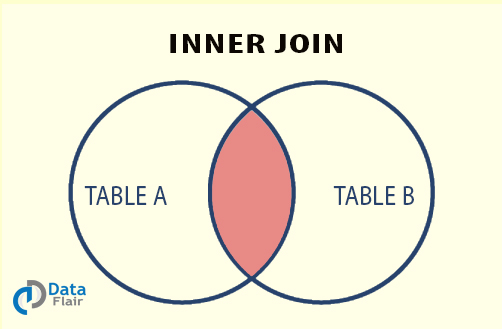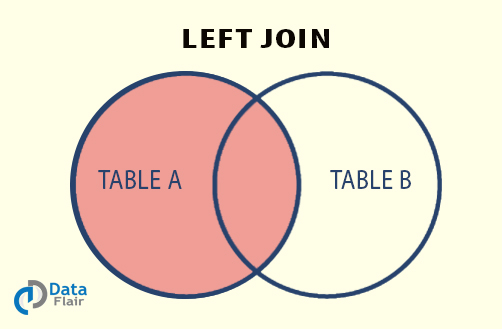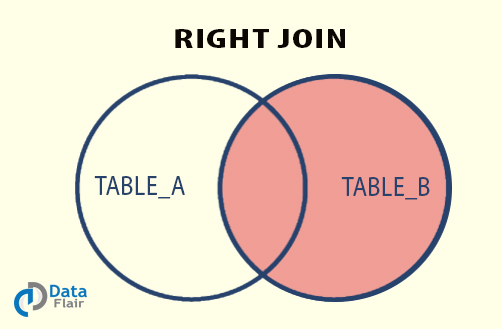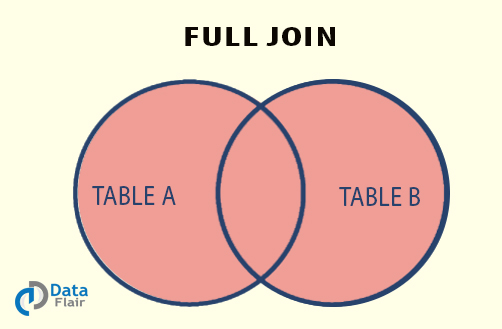How to Master SQL for Data Science – Grab this Free Tutorial Now!
Free Machine Learning courses with 130+ real-time projects Start Now!!
Earlier we discussed the role of SQL for Data Science. Now, it is the time to master SQL for Data Science. If you want to become a Data Scientist, then gaining expertise in SQL is a must.
This tutorial will provide you a deep insight into the importance of SQL for Data Science and what are the necessary steps that you should take to master SQL.
SQL plays a major role in the data science industry. Data Scientists need SQL for extracting information from relational databases as well as performing query processes on it.
Many Big Data platforms emulate the essential features of the RDBMS model and also structure their queries after SQL. Furthermore, they have an in-built SQL processing unit that is for handling structured data.
Firstly, let’s see the importance of SQL in data science.
How is SQL important in Data Science?
With the help of data science, we study and analyze the given information. In order to carry out this procedure of analysis, the first step is to extract information from the database. For doing so, we need the use of SQL.
Moreover, SQL is the standard bread and butter for many data platforms that emulate relational database models. Many NoSQL queries like Cassandra, MongoDB and Redis are modeled after the declarative syntax of SQL.
SQL Relational Database Management System (RDMS) forms the backbone of Data Science.
Even with the massive increase of unstructured data and rise of NoSQL languages, SQL remains the first preference of many companies for modeling their CRM, business intelligence tools and for carrying out their in-office operations.
SQL is the main model behind many database platforms. It is the standard platform for the various database systems. Big Data Platforms have not only emulated relational databases and SQL query languages but also have maintained relational database systems for processing structured information.
Platforms like Hadoop provide batch SQL, which allows SQL to be processed in batches. On the other hand, interactive query capabilities are provided by Impala and Apache Drill.
Apache Spark uses the powerful in-memory SQL system to accelerate the processing of queries.
Many interview questions of Data Science start with SQL queries, therefore, SQL is essential for Data Science. If you want, you can check a complete DataFlair Interview Question Series for Data Science.
Essential Steps to Master SQL for Data Science
Now, let’s discuss some of the necessary steps to master SQL for Data Science:
1. Mastering the Basics of Relational Database
The first step towards starting our journey into the world of SQL is understanding the concepts of Relational Databases. A relational database is an organized collection of data that is oriented in the form of tables. Some of the various key terminologies that are used in RDBMS are:
- Tables in the database, which are known as relations.
- Records, which are the number of rows present in the database. They are also known as tuples.
- Attributes are the data categories present in columns.
- Primary Key is a unique value that identifies information in the database.
- Foreign Key links the primary table to another table.
SQL is a query language that we use to access, retrieve and manipulate data in the relational database. Furthermore, you need to have knowledge of relational algebra to have an in-depth understanding of the databases.
2. Mastering the Basics of SQL
After understanding the basics of Relational Databases, it is essential for you to learn about the basics of SQL.
SQL stands for Structured Query Language which is used for handling structured data, that is stored in the relational databases. SQL is based on ‘relational algebra’ which defines a set of logical rules for modeling the data.
You should have the knowledge of the basic SQL commands. You can acquire these through our curation of tutorials on SQL. In order to practice SQL, you can install MySQL or SQLite which are the most popular as well as user-friendly tools.
3. Be well versed with Data Manipulation Language
With the help of data manipulation language, you can add, delete and modify data in a database. Some of the commands of DML are:
- INSERT
- UPDATE
- DELETE
With the help of INSERT query, you can insert records into the table. Using the UPDATE query, you can modify a column in the database and, delete rows using the DELETE command.
4. Know the concepts of Data Definition Language
Another important command in SQL is the Data Definition Langauge (DDL). With the help of DDL, you can describe data structures, database schemas or even manipulate them. For example – You can change the structure of a table through the creation of a table, deletion of it, or even alteration of a table.
Some of the commands of Data Definition Language are:
- CREATE – For creating a new table in the database.
- ALTER – Alter the structure of a database.
- DROP – With the help of DROP, you can delete an entire record stored in the table.
Learn about these commands in depth from SQL create table tutorial.
5. Acquire Knowledge of the SQL Joins
Joins are the most important concepts in SQL and the concepts of Joins are very common in interviews. In general, Join commands in SQL allow you to merge columns from one or more tables into one. When there is a join from only one table, it is self-join. Following are the important joins in SQL:
- INNER JOIN
- LEFT JOIN
- RIGHT JOIN
- FULL JOIN
INNER JOIN takes place when the two tables have matching column values. The most common and best practice for INNER JOINs is the explicit JOIN. You can have a demonstration of INNER JOIN through the following set operation –
LEFT JOIN returns all the values from the left table (table A) and its corresponding matched records from the right table (table B). If there is no match between the two tables, the result is NULL.
A RIGHT JOIN returns all the values of the right table (Table B) and matches its corresponding values with the left table (Table A).
If there is a match in any of the records of either Table A or Table B, then the FULL JOIN command returns all the values of both the tables.
6. Learn to interface SQL with R and Python
The final step for you to get a full grasp over SQL for Data Science is its interfacing with R and Python. Usually, in the scenario of web development, we see languages like PHP and Ruby using SQL for retrieving data from the database.
In the case of data science, R and Python are the two languages that use SQL for retrieving data. It is the first step towards obtaining data for further processing and analysis.
Don’t forget to check! – Why R is Important for Data Science
Summary
In this article, we studied the important features to master SQL. We understood some of the important concepts behind SQL and studied its various operations.
We also learned how big data technologies are shaped after the relational databases and understood how SQL plays a quintessential role in the domain of big data.
Now, it’s your time for sharing the views and feedback through the comment section. See you in the next article – Master Hadoop for Data Science.
Did you like our efforts? If Yes, please give DataFlair 5 Stars on Google







Very helpful and sophisticated article–you covered the essential functions and operations. SQL is and will always be the language of data scientists. Although, Some people say data science is way too advanced for SQL.